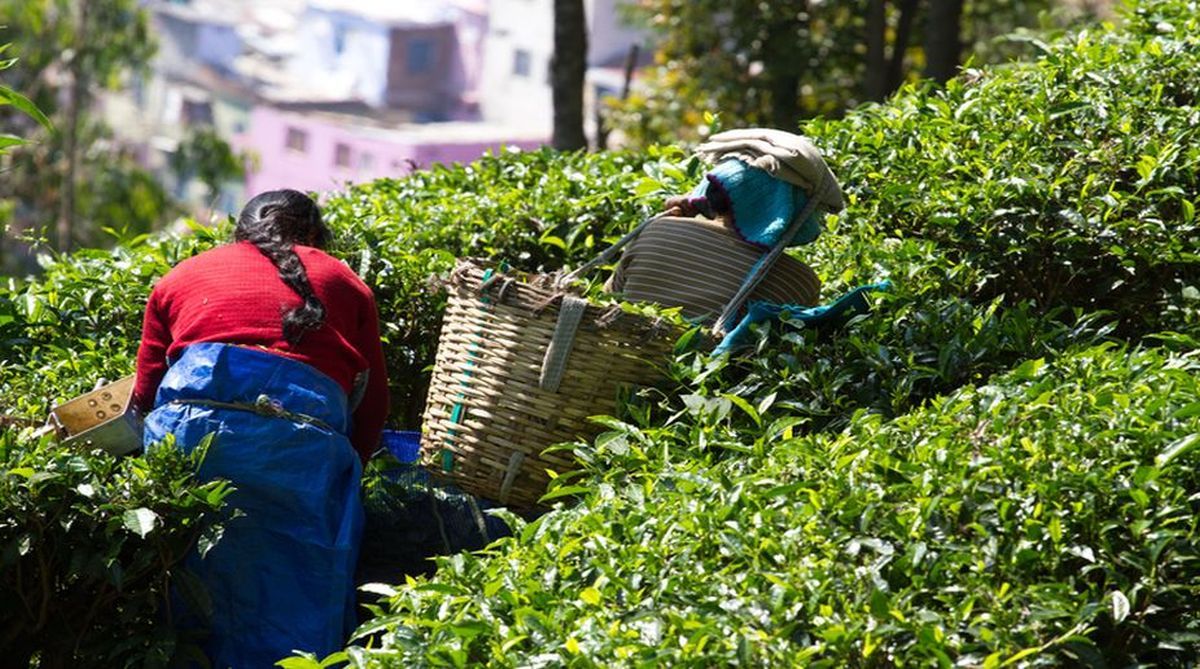Tea is undoubtedly one of the most popular beverages across the globe and is prepared by aqueous infusion of tea leaves of Camelia sinensis. There are three different kinds of tea made in India —CTC or crush-tea-curl, green tea and orthodox tea. Given the therapeutic properties, green tea has an edge over other forms of tea while CTC and orthodox tea are widely used as beverage owing to its aroma, flavour and sound colour.
Here’s a researcher based in University of North Bengal, Palash Mandal who has made an effort to study the anti-oxidant quality of tea during the steps of industrial processing, identify the optimum physio-chemical conditions and their limits responsible for fluctuating pattern of antioxidant qualities of leaves.
Advertisement
The research themed “Evaluation of physio-chemical feasibility of manufacturing process for maintaining antioxidant properties in different grades of tea in North Bengal” has been a project of University Grants Commission. The project bagged a grant of Rs 2 lakh for a period of two years sometime from 2011 to 2013.
Mandal said, “We toured the tea gardens and the industries on the foothills of the Himalayas in order to study the conventional mode of tea plantation management along with industrial processing. The tea gardens that provided the technical know-how of tea processing were Makaibari Tea Estate in Kurseong, Sukna Tea Estate, Gulna and New Chamta Tea Estate in Siliguri.
Green tea is highly popular for its health benefits since it contains rich proportion of catechin derivatives. The conventional method of tea processing includes rolling the leaves, stretching, tearing and fermentation. The process of making CTC tea involves quicker and severe leaf disruption process followed by a lot of oxidation process. In case of green tea, the withered leaves are subjected to steaming and drying in order to reduce chemical and enzymatic reactions.”
Green tea is known to keep cardiovascular disease at bay apart from inflammatory bowel, cancer, diabetes and neurodegenerative diseases. Most of the tea manufacturing industries in Darjeeling hills and Dooars stress on flavour and the quality of aroma.
Mandal said, “Very few tea manufacturing industries are concerned about restoring the health properties of tea. The unprocessed young green tea leaves have a plethora of bioactive molecules that possess anti-oxidant, anti-diabetic, anti-cancer and anti-arthritic properties and chemical changes occur at the time of processing that degrade the functional quality of tea.
The harvesting time is significant for assessing the anti-oxidant potential of new tea shoots. The withering temperature plays a role for catechin species and high temperature during industrial processing brings down the level of catechin to a considerable extent along with anti-oxidant activity.
For CTC tea, the anti-oxidant property comes down once the crush-tear and curl process unfolds while the anti-oxidant quality of orthodox tea remains high even after heating indicating that slow oxidation at the time of fermentation is of great benefit for restoring anti-oxidant activity.”
Today, a number of tea gardens in North Bengal are ailing and facing closure owing to grave constraints that are hampering the production of tea. Mandal added, “The presence of age-old tea bushes, scarcity of land for expansion, slow pace of replantation, fluctuation in weather, seasonal variation, soaring tea prices, lack of drainage system, inappropriate irrigation and low level of tea waste management coupled with high labour cost are some of the grave problems plaguing the industry.”











